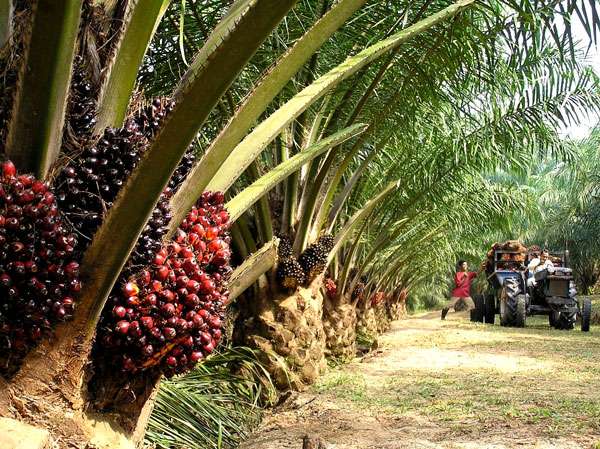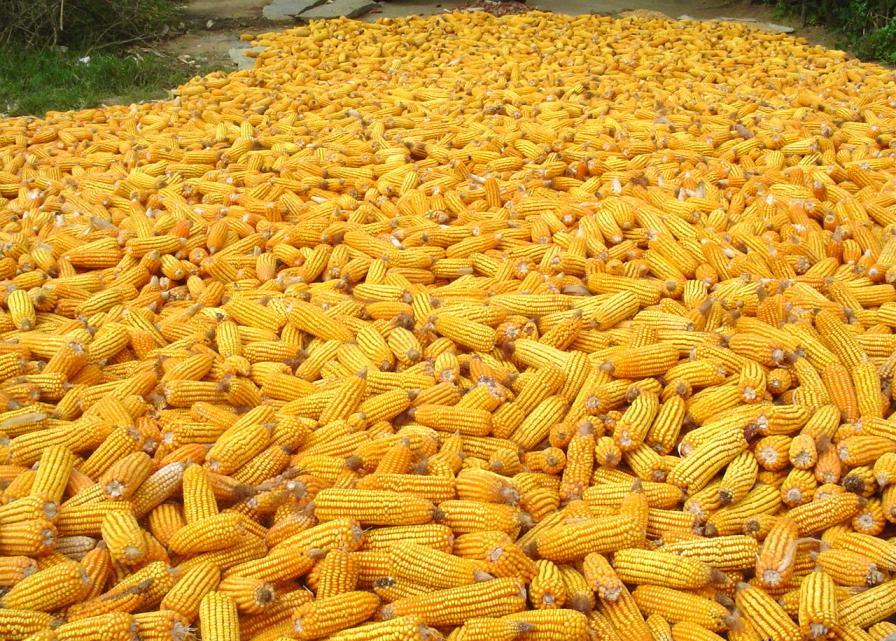The central government initiated a technology mission on oilseeds to enhance the production of oilseeds in order to cut imports and attain edible oil self-sufficiency. Pulses, oil palm, and maize were added to the mission’s responsibilities in 1990-91, 1992, and 1995-96, respectively. In addition, the National Oilseeds and Vegetable Oils Development Board (NOVOD) is assisting TMOP by establishing fresh areas for non-traditional oilseeds and non-traditional locations for conventional oilseeds cultivation promotion. It encourages the use of tree-borne oilseeds. The following schemes have been implemented under TMOP-
- Oilseeds production program (OPP)
- National pulses development project (NPDP)
- Accelerated maize development program (AMDP)
- Postharvest technology (PHT)
- Oil palm development program (OPDP)
- National oilseeds and vegetable oils development (NOVOD) boards
- UNDP sub-program on maize-based cropping system for food security in India (EAP)
During the 10th plan, these schemes have been restructured as below and are being implemented from 1st April 2004-
- The integrated scheme on oilseeds, pulses, oil palm, and maize (ISOPOM), by covering the erstwhile (schemes of OPP, NPDP, AMDP, and OPDP)
- Research and development in postharvest and processing technology (PHT) in oilseeds, pulses, oil palm, and maize including TMOP headquarters
- Integrated development of tree-borne oilseeds being implemented by NOVOD board.
In addition, the ongoing UNDP sub-program on maize is also being implemented.
Integrated Scheme of Oilseeds, Pulses, Oil Palm, and Maize (ISOPOM)
To provide flexibility to the states in implementation based on a regionally differentiated approach, to promote crop diversification, and to provide a focused approach to the program, the four erstwhile schemes of OPP, OPDP, NPDP, and AMDP have been merged into one centrally sponsored integrated scheme of oilseeds, pulses, oil palm and maize (ISOPOM) being implemented from 01.01.2004.
The salient features of ISOPOM are as under-
- Flexibility to the states to utilize the funds for the scheme/crop of their choice
- Annual action plan to be formulated by the state government for consideration and approval of the government of India.
- Flexibility to the states for introducing innovative measures or any special component to the extent of 10% of financial allocation
- Involvement of the private sector by the state governments in the implementation of the program with a financial cap of 15%.
- Flexibility for inter-component diversion of funds up to 20% for non-seed components only
- Diversion of funds from seed components to non-seed components with the prior approval of the department of agriculture and cooperation.
- Increase under staff and contingency not permitted except by revision of pay scale and increase in the rate of dearness allowance with the prior approval of the department of agriculture and cooperation.
Oilseed Development Program
The ISOPOM program for oilseed development is implemented in 14 potential states, namely Andhra Pradesh, Bihar, Chhattisgarh, Gujarat, Haryana, Karnataka, Madhya Pradesh, Maharashtra, Orissa, Punjab, Rajasthan, Tamil Nadu, Uttar Pradesh, and West Bengal are the states that make up the state of Andhra Pradesh. Because the majority of farmers involved in the cultivation of oilseed crops fall into this category, the program primarily benefits small and marginal farmers.
Purchase of breeder seed, production of foundation seed, production and distribution of certified seed, distribution of seed mini kits, distribution of plant protection chemicals, plant protection equipment, weedicides, supply of Rhizobium culture/phosphate solubilizing bacteria, distribution of gypsum/pyrite/liming/dolomite, distribution of sprinkler sets and water-carrying pipes, publicity, and other activities to encourage farmers to gypsum or pyrite or liming. Block demonstrations and integrated pest management (IPM) demonstrations are organized by the state department of agriculture, and front line demonstrations are organized by ICAR, to disseminate information on improved production technologies among farmers.
Pulses Development Program
Pulses and production programs are being implemented under ISOPOM to increase the country’s pulse production and productivity. Financial assistance is provided under the scheme for the production and distribution of certified seeds, seed mini kits, sprinkler sets, Rhizobium culture and phosphate solubilizing bacteria (PSB), gypsum/private, supply of plant protection chemicals/weedicides/bio-pesticides, and plant protection equipment, distribution of biofertilizers and gypsum, and other activities to disseminate production technology among farmers, frontline demonstrations, etc. to disseminate.
The state department of agriculture organizes large-scale block and integrated pest management (IPM) demonstrations. To address the shortage of quality seeds, a crash program for quality seed production of pulses has been included in the scheme.
Thrust Areas for Pulses Production
A special production program in areas at the tail end of the command irrigation system, a rice-wheat system diversification program, the convergence of pulses production with a watershed development program, intercropping of pulses with other crops, and the extension of these crops in selected regions of the various states for production are among the thrust areas identified for increasing pulses production during the 10th plan.
Increased seed replacement rate (SRR), proper and balanced fertilization including macro and micronutrients, use of biofertilizers such as Rhizobium culture and PSB, popularisation of Integrated Pest Management technologies, and promotion of sprinkler sets will all be prioritized. The private sector’s involvement in extension support, seed production, and input supply will also be encouraged.
Oil Palm Development Program

Oil palm cultivation was included in the technology mission on oilseeds and pulses in 1991-92 because of its importance and significance. During the eighth plan, the oil palm development program (OPDP) was launched with a total outlay of Rs 1261700 thousand for the development of over 80,000 oil palm trees in the identified states (1992-97). The primary goal of assisting farmers with oil palm cultivation is to persuade them to engage in the capital-intensive and lengthy process of oil palm cultivation.
Major constraints
There is a lack of a comprehensive set of practices for various agro-climatic regions. Because oil palm is an exotic and new crop, there is a scarcity of data and management practices for its cultivation in a variety of agro-climatic conditions. Oil palm has a long gestation period, limiting farmers’ income for at least 4-to 5 years. Oil palm intercropping necessitates the use of pets to provide additional income to farmers during the gestation period. Oil palm development in India has largely been aided by the government.
Farmers do not have access to institutional credit facilities. There is a lack of a holistic approach to all aspects of development, such as plantation processing, marketing, transportation, by-product utilization, value addition, and so on.
All of these factors must be addressed in a coordinated manner. In India, the R&D program is funded by the government, and the flow of funds is insufficient. With funds raised from the cess on oil palm production, Malaysia has built a very strong self-sustaining R & D program. There is a power shortage, and new electric connections are scarce. Big farmers who could plant more land in oil palm were not eligible for OPDP subsidies because the cultivation subsidy was limited to 6 ha per farmer. In some states, there aren’t enough processing facilities. On a year-to-year basis, changes in the import duty on edible oils cause significant fluctuations in the price of oil palm FFBs in domestic markets.
Accelerated Maize Development Program (AMDP)

In India, maize is grown on a total of 74.22 lakh hectares each year. Kharif rainfed maize accounts for roughly 90% of all cultivated maize. Maize is grown for food, fodder, feed, and industrial purposes. Maize is used to making over 3500 value-added products that are used on a daily basis. Maize development programs are being implemented in various states under ISOPOM. Front-line demonstrations, integrated pest management and seed Minikit demonstrations, officers and farmer training, conference/seminars/workshops on maize development, use of improved implements, and other activities have been prioritized in order to transfer modern crop production technology to farmer’s fields.
Thrust Areas for Oil Palm Production
The import duty structure for edible oils should be rationalized. Ensure that farmers have access to credit for oil palm cultivation. In the states, adequate processing facilities must be established. States must enact an oil palm act to ensure the marketing of FFBs. Create seed gardens to ensure a steady supply of seeds/sprouts.
Financial support for research and development to reduce the crop’s gestation period, develop dwarf and drought-resistant varieties, develop new hybrids, intercrop and mix cropping systems, tissue culture, and genotype X environment experiments to establish suitable ecosystems, among other things. Development of harvesting tools and techniques that are appropriate.

